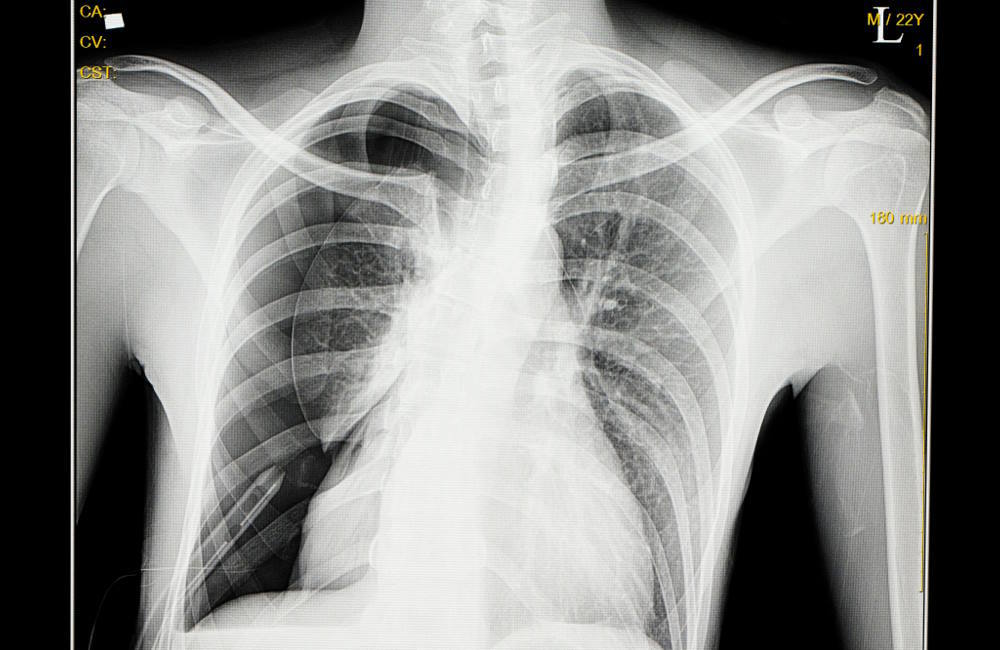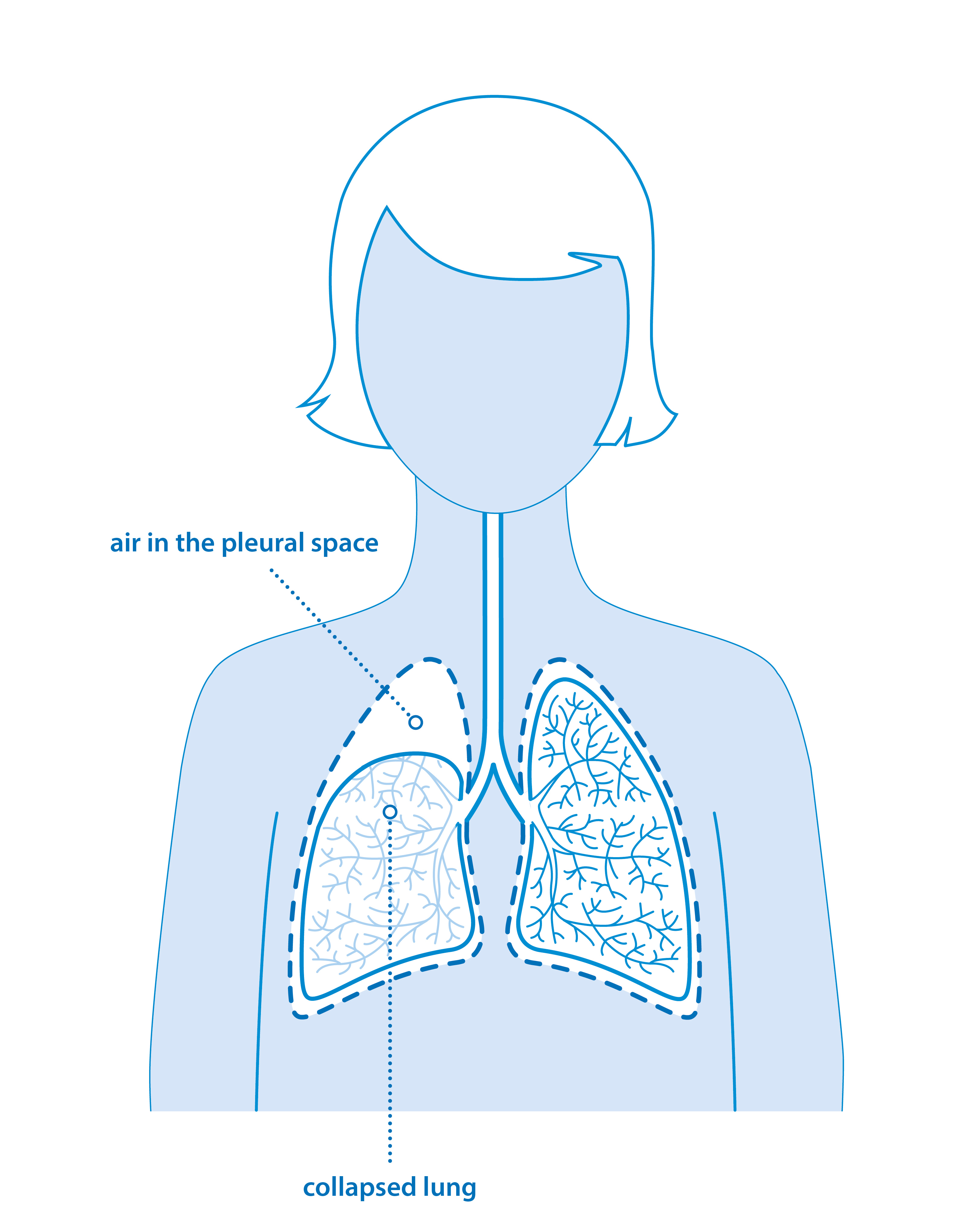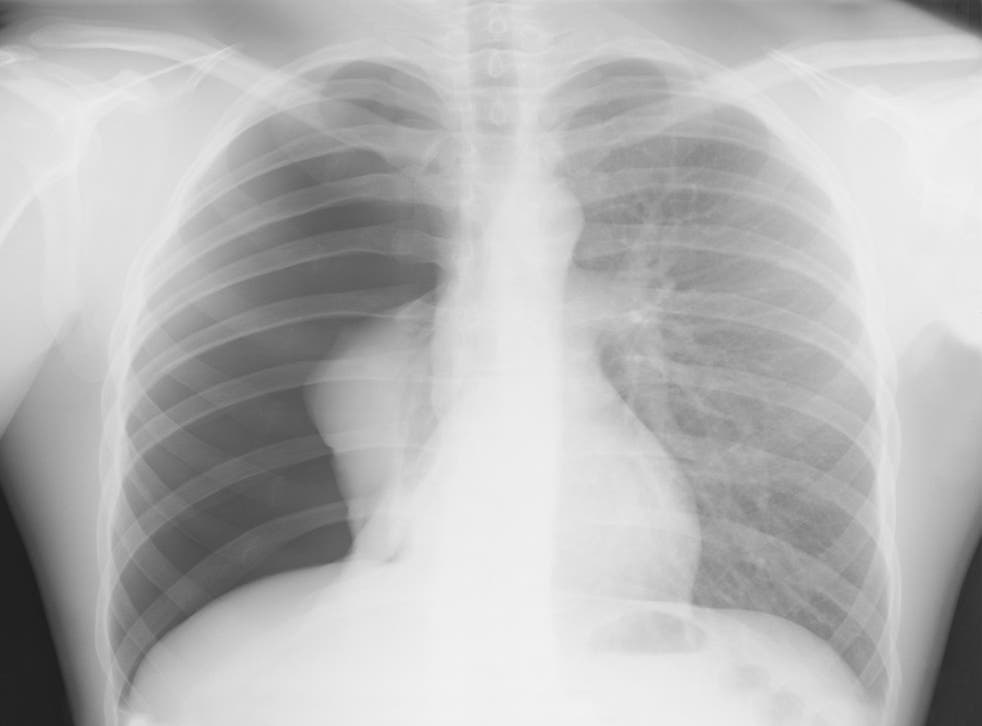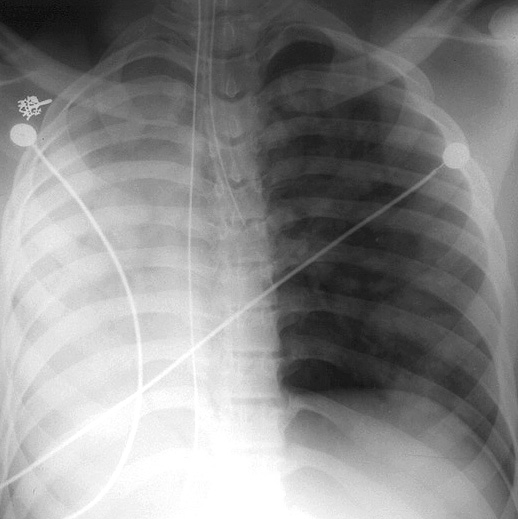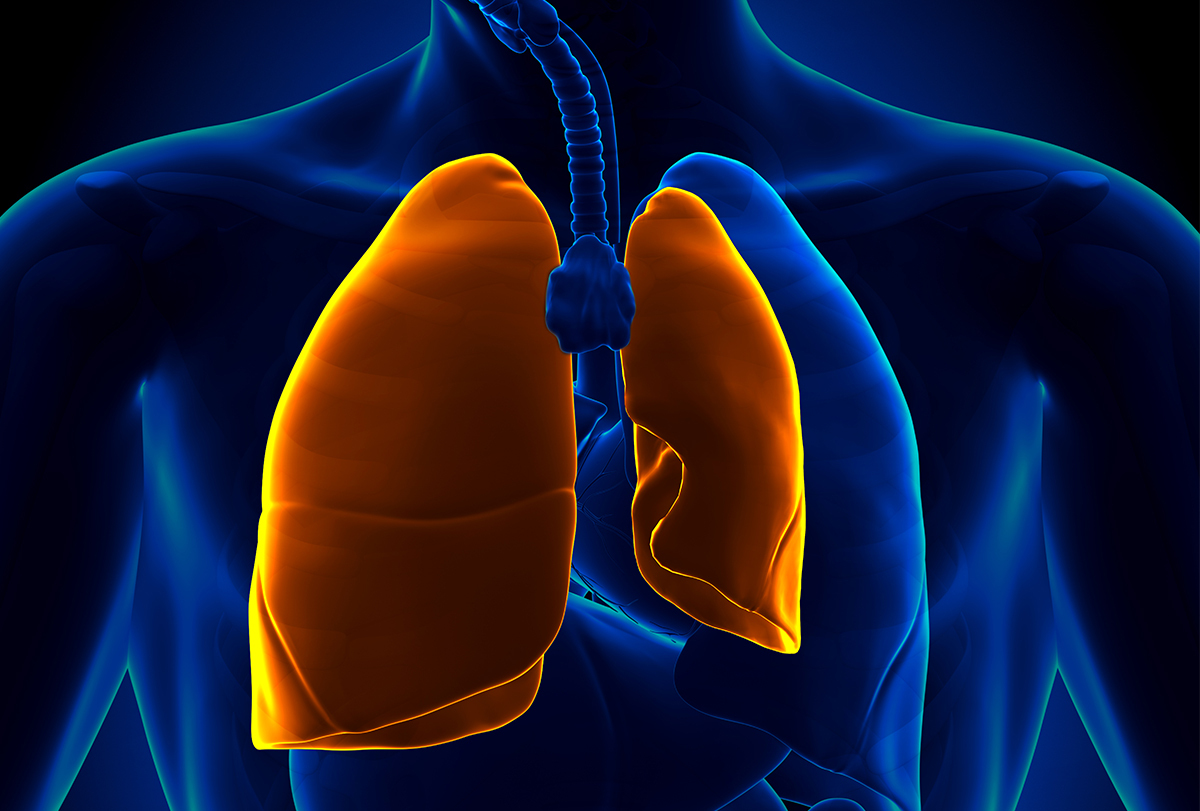Spectacular Tips About How To Treat A Collapsed Lung
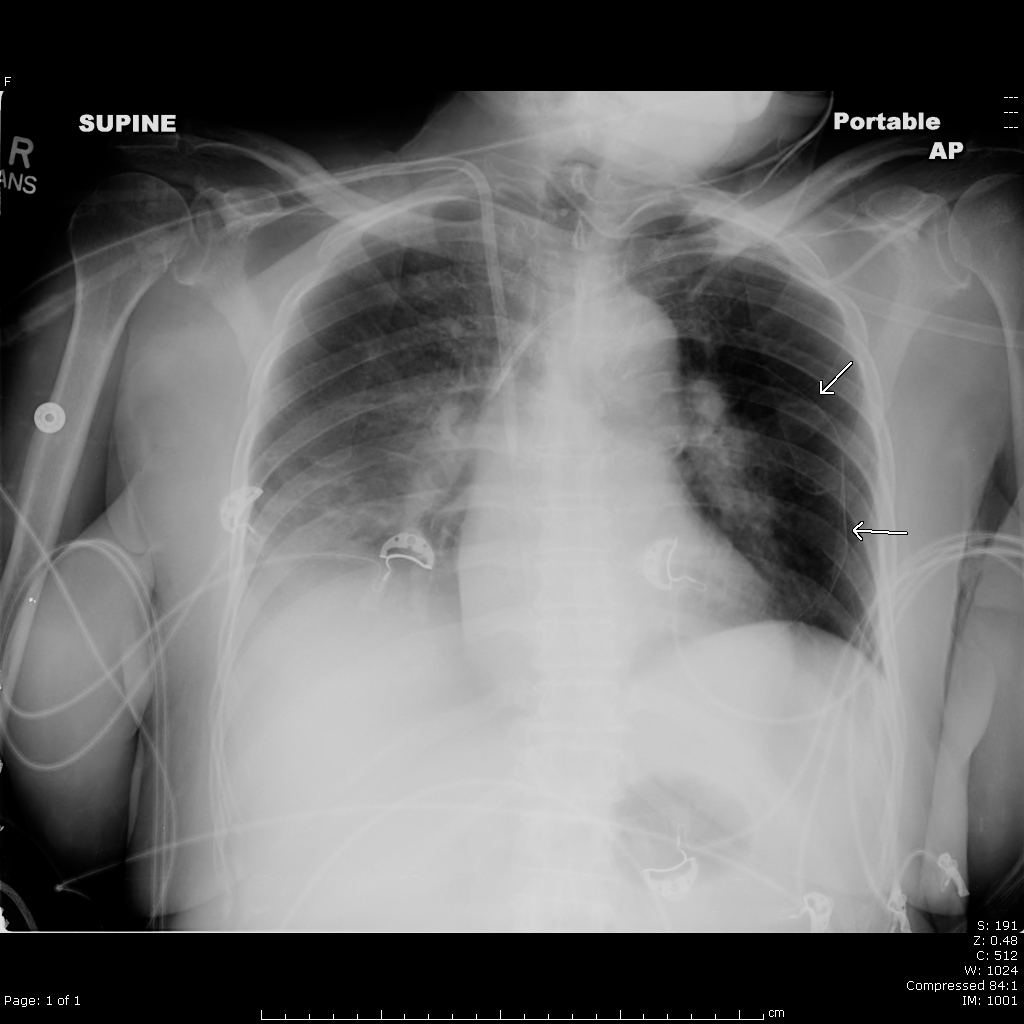
If it is a total collapse, it is called pneumothorax.
How to treat a collapsed lung. The air then fills the space outside of the lung between the lung and chest wall. A couple who sued des moines public schools for failing to prevent their son's bullying have settled their case for $30,000. They help you breathe deeply after surgery to expand collapsed lung tissue.
Symptoms the main symptoms of a pneumothorax are sudden chest pain and shortness of breath. Causes and types risk factors complications treatment diagnosis outlook summary a collapsed lung is the medical term for when air escapes outside of the lungs into the chest. In a healthy body, the lungs are touching the walls of the.
They treat a collapsed lung by getting rid of the pressure outside the lung so it can inflate again. The area where the leak occurred may be repaired. Symptoms common symptoms of a collapsed lung include:
Rest, but make sure you stay active. Take any medications prescribed to you. This can happen if abnormal air pockets in your lung (blebs) break apart and release air.
In most cases, if you have a small amount of trapped air in your chest that is not causing any problems with your breathing, it may clear itself without needing any treatment. Different types of pneumothorax causes of pneumothorax symptoms of pneumothorax diagnosing pneumothorax and treatment precautions to be taken when suffering from pneumothorax tension pneumothorax: Local anesthetics (for example, lidocaine hydrochloride)
Usually, the greater the portion of the lung that has collapsed, the worse the symptoms are. Tuberculosis whooping cough in some cases, a collapsed lung occurs without any cause. Severity of symptoms may depend on how much of the lung is.
Bed rest is not necessary with a collapsed lung. Trapped air causing a minor lung collapse can often be left alone: When no underlying health condition or disease causes the collapsed lung.
Lung diseases such as pneumonia or lung cancer Introduction a collapsed lung, (medically known as a pneumothorax) occurs when air becomes trapped in the space between the lung and the chest wall. Treatment for a pneumothorax usually involves inserting a needle or chest tube between the ribs to remove the excess air.
This pressure from the air building up and pushing on the outside of the lung causes it to give way. The type of treatment selected will depend on the cause and severity of the collapse, and on the patient’s overall health. Lung surgery may be needed to treat collapsed lung or to prevent future episodes.
Certain lung diseases can lead to a collapsed lung. Sometimes, a special chemical is placed into the area of the collapsed lung. Remembering to take deep breaths every hour, if you are bedridden or have pain with breathing, can prevent atelectasis.

